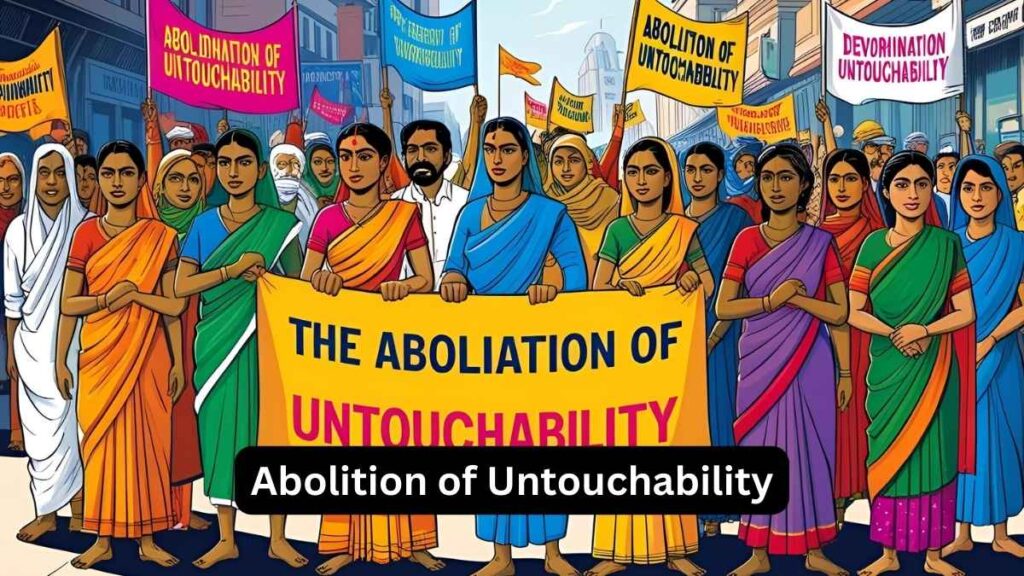Font size:
Print
Illegal Mining in Northeast India
Context:
The recent Umrangso mine tragedy in Assam has once again highlighted the perils of illegal mining in Northeast India. On January 6, 2024, a mine flooding incident trapped nine labourers, resulting in at least four confirmed deaths.
More on News
- The tragedy is part of a series of preventable accidents in the region, with 30 miners dying in the past five years in Meghalaya due to similar mining accidents.
- The Gauhati High Court’s suo motu cognisance of the disaster on January 29 signals judicial intervention, but the persistence of illegal mining underscores deeper systemic failures.
Root Causes of Illegal Mining
- Expansion Since the 1980s: Driven by industrial demand from West Bengal and Bangladesh, coal mining in Assam and Meghalaya grew beyond small-scale operations into dangerous, unregulated activities.
- Rat-Hole Mining: A hazardous extraction method involving narrow tunnels, making it difficult for miners to escape during accidents.
- It includes side-cutting and box-cutting, both posing environmental and safety risks.
- Exploitation of Labour: Migrant workers, trapped in debt, are exploited by ‘Sardars’ (labour agents), and some children are trafficked to work in the narrow tunnels, making them vulnerable to abuse.
- Unclosed Mines: Approximately 26,000 unclosed mine openings exist, employing thousands of workers under hazardous conditions.
Legal and Institutional Challenges
- National Green Tribunal (NGT) Ban: The NGT banned rat-hole mining in 2014 due to environmental and safety concerns, and the Supreme Court upheld this decision in 2019.
- Weak Enforcement: Despite the ban, illegal mining persists due to weak enforcement, often influenced by powerful bureaucrats, coal mafias, and local politicians.
- Government’s Role:
- Meghalaya’s Political Resistance: Meghalaya attempted to secure an exemption from national laws (e.g., Mines and Minerals Act, 1957) under Schedule 6 of the Constitution, citing economic and political interests. This has resulted in limited enforcement.
- Assam’s Lack of Action: Assam has also failed to enforce the ban, leading to recurring tragedies.
- Legal Obligation: Under Section 23C of the MMDR Act, the State is obligated to prevent illegal mining, but this has not been effectively implemented.
Recent Legal and Judicial Developments
- Gauhati High Court’s Intervention: The Gauhati High Court took suo motu cognisance of the January 2023 tragedy, highlighting the need for accountability and action.
- Violation of Article 21: The failure to prevent these tragedies constitutes a violation of Article 21 (right to life) of the Indian Constitution.
Proposed Solutions and Recommendations
- Strengthening Legal Frameworks: Amend the MMDR Act to criminalise rat-hole mining explicitly. Enhance penalties under Section 21 to deter illegal operations. Ensure State-specific regulations under Section 23C to close enforcement gaps.
- Providing Alternative Livelihoods: Promote eco-tourism, sustainable agriculture, and skill development programs in mining-dependent communities. State and central governments must subsidise alternative employment avenues to reduce economic reliance on illegal mining.
- Leveraging Technology for Enforcement: Satellite-based surveillance to track illegal mining operations in real time. Implementing the Mining Surveillance System (already used in Karnataka) to monitor activities and alert enforcement agencies.
- Empowering Local Communities: Strict enforcement of the Forest Rights Act (2006) to ensure that local tribal communities have a say in mining activities. Public participation in monitoring mechanisms to ensure accountability.


